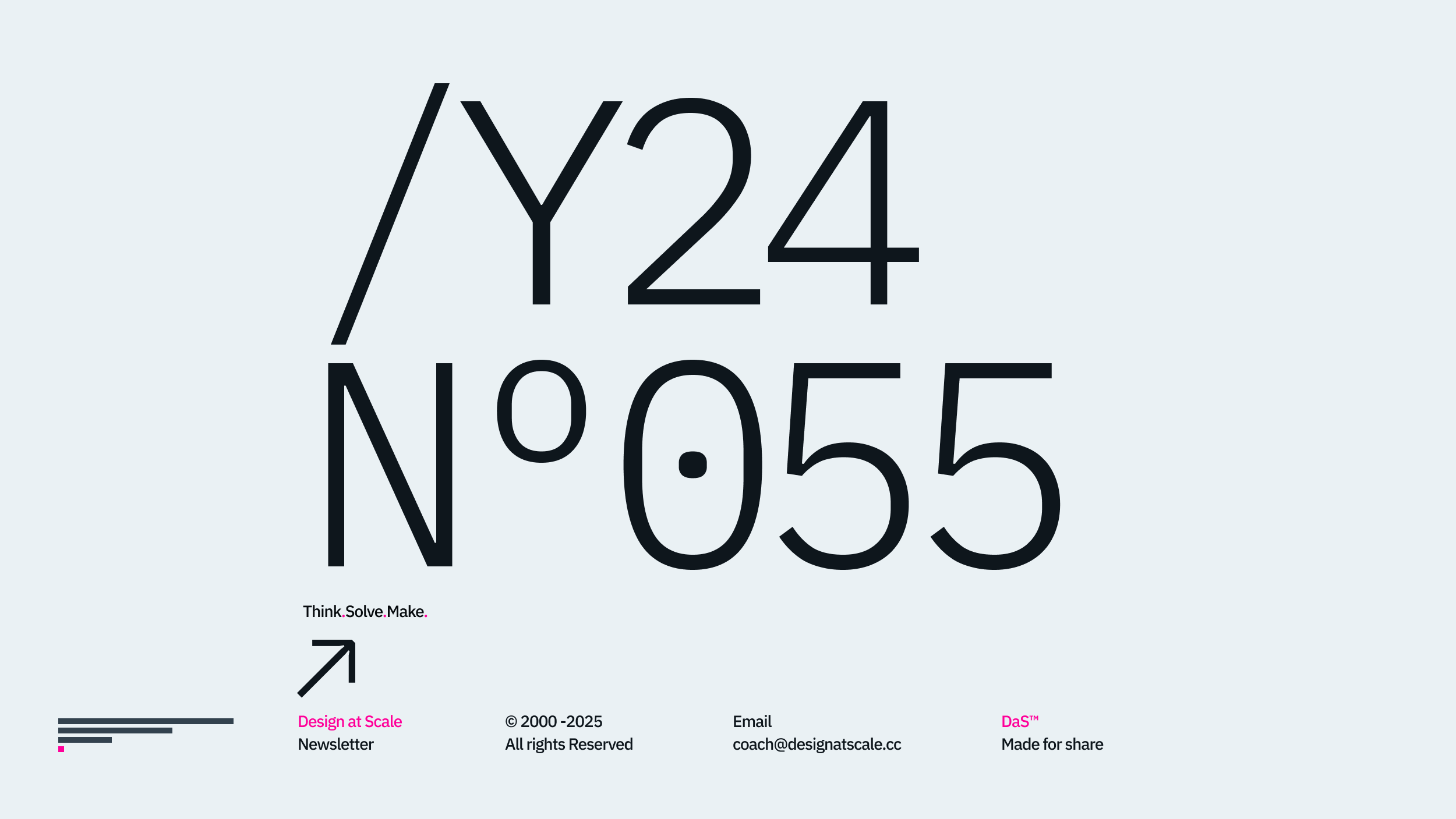Historically, the design was defined as the stage-gate iterative process. To paint a portrait, wall, or cathedral, we all understand the task and what can be measured and sized in some ways and calculated. They require a specific shape and size. Also, the emotional part of the experience is delivered through the artist or architect's expressive(↘︎Link) innovation(↘︎Link).
This article aims to map design as a scaling technique or process across 300+ years to the present day, where design delivers, connects, and enhances business wider and deeper than we know it.

Production lines
The relationship between design and technology has always been very prominent. By influencing one another, we have witnessed several inventions, such as steam-powered engines and manufacturing lines(↘︎Link), that changed the world as we know it.
In early 1900 the car manufacturing facility at the River Rouge Plant(↘︎Link) of Henry Ford(↘︎Link) pioneered time productivity. Soon, European shoe manufacturers observed product lines between 1920 and 1928 and successfully experimented with the assembly lines in Bata(↘︎Link) shoe factories(↘︎Link). Lines relied on a verified concept where each part of the delivery was broken down into a sequence of tasks. This specific output allowed the business to assemble products faster.(↘︎Link)
Fast forward 60 years or so, and big agencies used the same model in print production, breaking tasks into different departments (photography, illustration, typography, and so on). Print design flourished as a result in the 70s and 80s, impacting billboards(↘︎Link), the boom of advertising(↘︎Link) and print magazines(↘︎Link), especially TV(↘︎Link).

Early Design Software Development
Incremental and adaptive software development(↘︎Link) opened up a new era of development. This directly impacted project management(↘︎Link) (later known as agile), influencing design delivery from the early 1970s.
During the 80s and 90s, we saw more and more designs start using HTML to build simple pages. Soon enough, agencies adopted software development methods(↘︎Link) in reaction to client demands — campaigns that represent services and services moving to digital products. Within less than two decades, we moved from horizontal(↘︎Link) through vertical(↘︎Link) to functional integration(↘︎Link).
Growing digital studios have to adopt development methods demanding rigorous evolutionary project development. For centuries, agencies have been selling the stage and gate(↘︎Link). Clients adopted the horizontal integration approach to design delivery because it was easy to understand. Project managers (also known as PMs) had to handle the development demand of these solitude experiences while using so-called heavyweight methods (often referred to collectively as waterfall) that critics described as overly regulated, planned, and micromanaged. This inevitably led to extensive overheads with the delivery.

Advanced Software Development
The Agile Manifesto publication was created in February 2001. It combined various agile software development methods into one comprehensive proposition(↘︎Link). Seventeen software developers crystallised the very essence of software development – “with a remarkable achievement”.
Ever since, design delivery (often referred to as UX and UI) has been utilised in the form of a peripheral delivery(↘︎Link) (outsourcing). Until very recently, design delivery gained its dominance and became a part of Agile in the form of Dual-Track Agile(↘︎Link) as an integrated or central function. One of the many critiques of early Agile development methods comes from not considering other disciplines (including Insights, Research, Copy, CX, UX and UI) as vital contributors to reflect (better say to have an impact) on Agile-based delivery.
Opportunity ahead
Understanding the above gives us a great opportunity to intentionally challenge businesses to understand that over the last two hundred years, all disciplines have evolved, and so have the processes and ways of delivery. By carefully observing, listening and interviewing clients, colleagues and coworkers, we can ask a very simple question to every product team out there:
“How could we integrate design better to deliver consistent value to the business as well as their loyal customers?”
Soon, we’ll realise that there is not such a thing as one process that fits all. Especially when our communication pattern has changed completely, when our teams are so diverse, and the function is so specific that we all have to adapt. Where the technology changed so fast before we implemented Beta, there are ten of new APIs we need to adapt to. It is no wonder that the operation will be the key to tailoring this into a comprehensive, healthy, flexible, scalable and well-functioning product team that delivers value to the business.
With over two decades of interviews and analysis methods, we are bringing the Design at Scale™ – Grid publication.
The medium where we meet to connect, discover, share and challenge design functions within an organisation as a primary pillar strengthening transparent communication across the business and creating a resilient and well-functioning design team that utilises the technology in the centre and challenges the operation models that work for particular situations.
Our ambition is to bring stories, case studies, and research papers analysis from this variety of unique and well-rounded sources that deserve our attention.
Happy scaling through design!
Hey, I’m Jiri Mocicka.
London-based Design Director, Trusted Advisor and Author of Design at Scale™. The method that empowers individuals to shape the future organisation through design.
If you have a question, join our Community and reach out to like-minded individuals who scale design propositions. An online Academy can help you to find your feed in teams of 01, 10, and 100, supported by Grid Magazine and Supply section, where we weekly bring more insights on how to become a design leader in your organisation.











